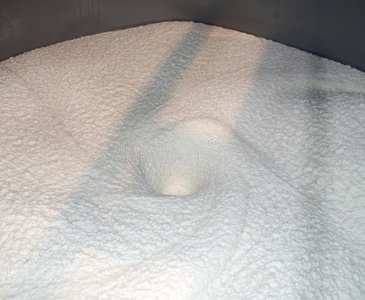In the modern concrete industry, defoamers play an indispensable role as an important additive. They are designed to control or eliminate harmful foam generated in the concrete production process to ensure the quality and performance of concrete. This article aims to provide an overview of the basic concepts of defoamers and explore their

diverse classification systems in depth.
Defoamer is a chemical substance that can destroy the surface tension of liquid, make bubbles burst rapidly and inhibit the production of new foam. In the field of concrete, its application mainly focuses on reducing the foam generated by the introduction of air or the reaction of admixtures in the mixing process to improve the compactness,
strength and durability of concrete.
Diverse categories:
Organosilicon defoamer: Known for its excellent high temperature resistance, acid and alkali resistance, and rapid defoaming ability, it is widely used in high-performance concrete.
Polyether defoamer: It has good dispersibility and stability, and is suitable for occasions with high environmental requirements, such as the preparation of ecological concrete.
Mineral oil defoamer: Low cost, but attention should be paid to its impact on the long-term performance of concrete, suitable for ordinary concrete production.
Composite defoamer: By combining the advantages of multiple defoamers and scientifically proportioning them, a wider range of applicability and efficient defoaming effects can be achieved.

 English
English
 Chinese
Chinese Vietnamese
Vietnamese
 HOME
HOME
 PRODUCT
PRODUCT
 NEWS
NEWS
 CONTACT
CONTACT


